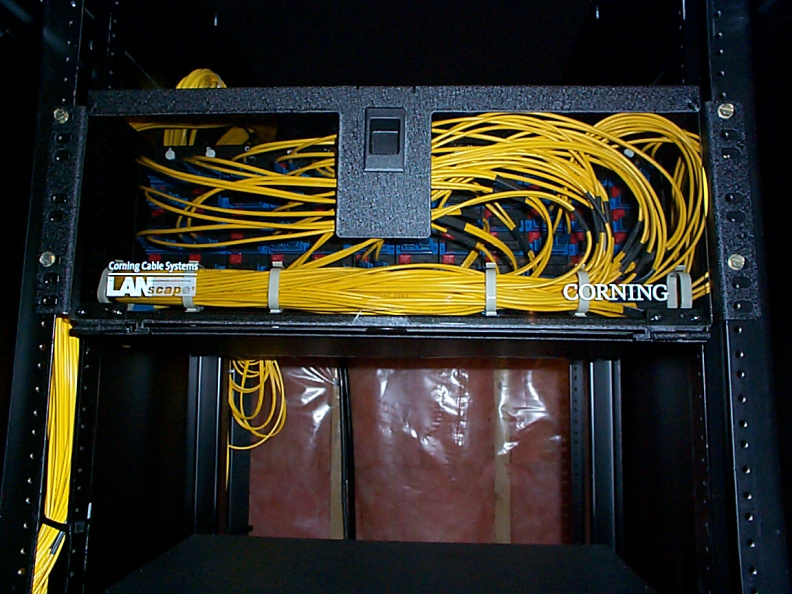
The patch panel where all 144 strands of fiber terminate. Each location connected to the fiber network requires at least two fibers (one for receive and one for transmit) for a network connection.
Welcome to archived photos on media.knet.ca

The patch panel where all 144 strands of fiber terminate. Each location connected to the fiber network requires at least two fibers (one for receive and one for transmit) for a network connection.